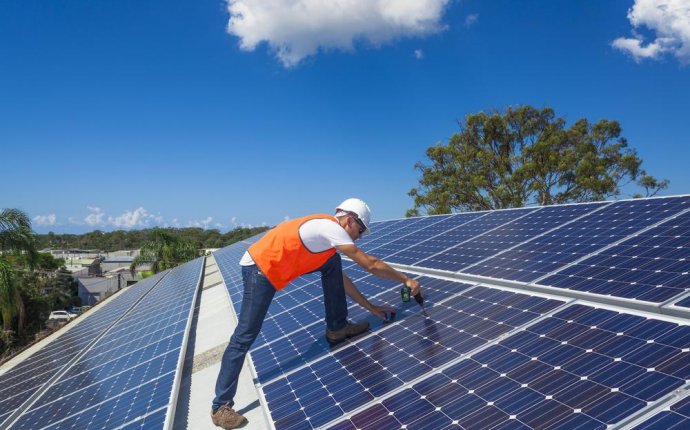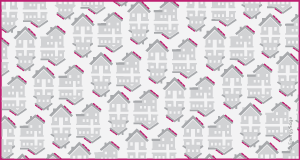
Install solar Panels

Is solar installation suitable for where you live?
Even if you don’t live in a particularly sunny state, solar panels can still be a smart investment. The amount of money you save by going solar largely depends on two things: your electricity rates and the available solar rebates and incentives in your area.
As a result, the sunniest places in the country don’t always offer the greatest long-term savings from solar. In fact, consumers located in the Northeast can have significantly higher savings from solar power systems than homeowners in sunnier states such as Florida.
Is your roof suitable for solar installation?
Solar panel systems can be installed on most roofs. To determine whether a roof is suitable for solar, solar installers will look at:
Direction of the roof
South-facing roofs are ideal for solar because they get the most sunlight over the course of the day. However, a solar panel system on an east- or west-facing roof can still produce enough energy to reduce your electricity bills, save money and reduce your carbon footprint. Learn more about how roof orientation impacts electricity production.
Pitch angle of the roof
Solar panels can be installed on roofs with a pitch between 15 and 40 degrees. Even if your roof is flat, you can still go solar as long as you mount your panels at a good angle. Learn more about the impact of roof angle on electricity production.
The size and shape of your roof
It’s easiest to install panels on a large square roof. A general rule of thumb is that for every kilowatt of panels you want to install, you will need about 100 square feet of roof space. A typical home system will require about 500 square feet of space to install solar panels.
Things like skylights, dormers, and chimneys will affect the amount of space available for a home solar installation. Generally, solar installers can design the layout of your panels around these obstructions in a way that maximizes your electricity production.
Shading on your roof
It is important that your roof gets enough sun throughout the day to maximize electricity production. Tall trees or buildings nearby can block the sun, cast shade on your roof, and reduce the amount of electricity your panels produce. You can trim trees so that more sun reaches your panels – doing so can actually have environmental benefits, though it might not seem that way.
Age of your roof
Solar panels can last for over 25 years, and removing them to replace your roof a few years after installation can be costly. Before you install your panels, make sure that your roof is in good shape and won't need to be replaced in the near future.
Material of your roof
Solar panels are compatible with most roofing materials, including composite, wood, cement tile, slate, tar and gravel, or metal. While you can install solar on slate, cedar, and clay tile roofs, they are more prone to breakage during solar panel installation. Make sure that you work with an experienced installer if your roof is made of these materials.









